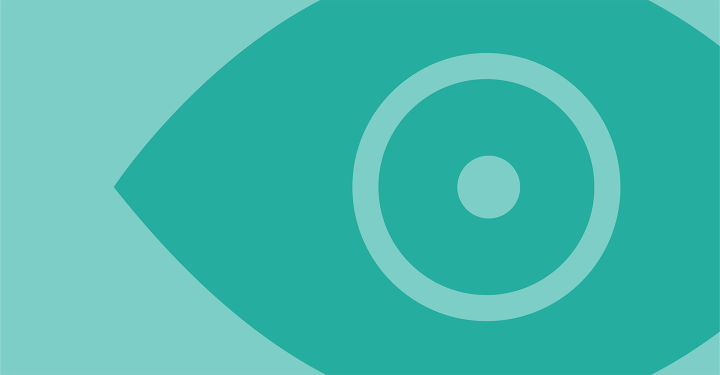Dr Adam Grant is an organizational psychologist, a Wharton professor, and the host of the ‘WorkLife’ podcast with TED1. Despite these lofty credentials, he often explains that his work is focusing on “how to make work not suck”. This phrase came to mind recently when reading a study by Peter Chamberlain and colleagues2. The study looked at the challenging work of delivering ‘End of Life’ (EoL) care, specifically the impact of ‘futile or potentially inappropriate care’ (futile/PIC) on both the quality of the care and on clinician ‘burnout’.
Data from 349 clinicians working in EoL care services indicated a staggering 91% felt they had provided or ‘possibly’ provided ‘futile/PIC’ in the past six months. Most commonly (61%), this was as a result of family members insistence. However, most interesting for me was the finding that when clinicians either witnessed or provided ‘futile/PIC’, they were significantly more likely to change their behaviour, for example, by using ‘compensatory’ or ‘avoidant’ behaviors. The provision of ‘futile/PIC’ also increased the likelihood of clinicians avoiding the patient, avoiding the patient’s loved ones and avoiding their own colleagues.
The real ‘kicker’ in this story, however, is that avoiding the patient’s loved ones, avoiding the patient and avoiding colleagues were all significantly associated with clinician burnout. In the words of Adam Grant, “that sucks!”.
The issue of clinician ‘burnout’ is not new. Indeed, the psychologist Herbert Freudenberger is said to have coined the term in the early 1970’s and described it as particularly pertinent to caring professionals3. Over the years a clearer definition has emerged as a ‘psychological syndrome characterized by emotional exhaustion, depersonalization, and a sense of reduced accomplishment in day-to-day work’4.
Among healthcare professionals, emotional exhaustion refers to feelings of being overextended and the depletion of one’s emotional and physical resources, making them feel drained and ‘used-up’. This can sometimes lead to negative, cynical, hostile attitudes and detached feelings towards patients, known as depersonalization, and treating their patients as objects rather than human beings5. Unfortunately, the issue of burnout is all too common in healthcare. For example, in EoL or palliative services, rates of clinician burnout have been (self)identified in anywhere from 23%6 to 62%7 of health professionals.
The paper by Chamberlain and colleagues describes a chain of events in EoL care which have a negative impact on both the patient and the clinician. In their discussion the authors include potential interventions which may be beneficial for both parties which centre on one critical area which aligns with a broad body of evidence available on this issue8&9, namely, communication. Communicate early and often, and with all parties involved. That way, we might be able to make work suck a little bit less.
Fagligt Nyt om patientsikkerhed er et nyhedsbrev, der udgives af PS!, og som udkommer ca. 6 gange årligt. Det formidler nyt om de seneste nationale og internationale forskningsresultater, begivenheder, trends og meninger inden for patientsikkerhed.
Tilmeld dig Fagligt Nyt
References
- WorkLife with Adam Grant: A TED original podcast: https://www.ted.com/podcasts/worklife
- Chamberlin, P., Lambden, J., Kozlov, E., Maciejewski, R., Lief, L., Berlin, D.A., Pelissier, L., Yushuvayev, E., Pan, C.X., and Prigerson, H.G. (2019) Clinicians’ Perceptions of Futile or Potentially Inappropriate Care and Associations with Avoidant Behaviors and Burnout Journal of Palliative Medicine. https://www.liebertpub.com/doi/abs/10.1089/jpm.2018.0385
- Freudenberger, H. J. (1974). Staff Burn?Out. Journal of Social Issues, 30: 159-165. https://doi.org/10.1111/j.1540-4560.1974.tb00706.x
- Maslach C., Jackson S.E., Leiter M.P. (1996) Maslach Burnout Inventory Manual. 3rd ed. Consulting Psychologists Press; Palo Alto, CA, USA.
- Patel, R. S., Bachu, R., Adikey, A., Malik, M., & Shah, M. (2018). Factors Related to Physician Burnout and Its Consequences: A Review. Behavioral sciences (Basel, Switzerland), 8(11), 98.
- Yoon, J. D., Hunt, N. B., Ravella, K. C., Jun, C. S., & Curlin, F. A. (2017). Physician Burnout and the Calling to Care for the Dying: A National Survey. American Journal of Hospice and Palliative Medicine, 34(10), 931–937. https://doi.org/10.1177/1049909116661817
- Kamal AH, Bull JH, Wolf SP, Swetz KM, Shanafelt TD, Ast K, et al. (2015) Prevalence and Predictors of Burnout Among Hospice and Palliative Care Clinicians in the U.S. J Pain Symptom Manage. Nov 24; https://www.jpsmjournal.com/article/S0885-3924(15)00614-4/fulltext
- Wiederhold BK, Cipresso P, Pizzioli D, Wiederhold M, Riva G. (2018) Intervention for Physician Burnout: A Systematic Review. Open Med (Wars); 13:253–263, Jul 4.
- Kalani SD, Azadfallah P, Oreyzi H, Adibi P. (2018) Interventions for Physician Burnout: A Systematic Review of Systematic Reviews. Int J Prev Med. 9:81, Sep 17.




